National Parks and Historic Sites
National Parks and Historic Sites how about some “Did you know Trivia!”
Now is the perfect time to say yes to a road trip around the U.S.A. exploring our National Parks. Families can gather together for a road trip by car or by RV, safely traveling together. And, for empty nesters, now is the perfect time to explore just the two of you as you’ve been planning for years.

Our national parks and historic sites offer many cool things to do and explore. From hiking to fishing to rock climbing to learning about military history. Here are a few “did you know” trivia to inspire your next road trip….. to a National Park or historic site!
Did you know
- Our National Park Service protects over 84 million acres of wild landscapes and historic sites. They offer us many options to explore our beautiful country for a grand adventure.
- Our national parks are home and habitat to more than 400 endangered or threatened plant and animal species. When visiting one of our national parks, keep a keen eye out to see wildlife in their natural habitat.
- One of the hottest temperatures recorded in 1913 in Death Valley National Park was a boiling-hot 134 degrees.
- Yellowstone National Park is a supervolcano. It is responsible for three of the world’s six most spectacular volcano eruptions. Did you know that Yellowstone National Park (in Wyoming, Idaho, and Montana) is the oldest U.S. national park, founded in 1872?
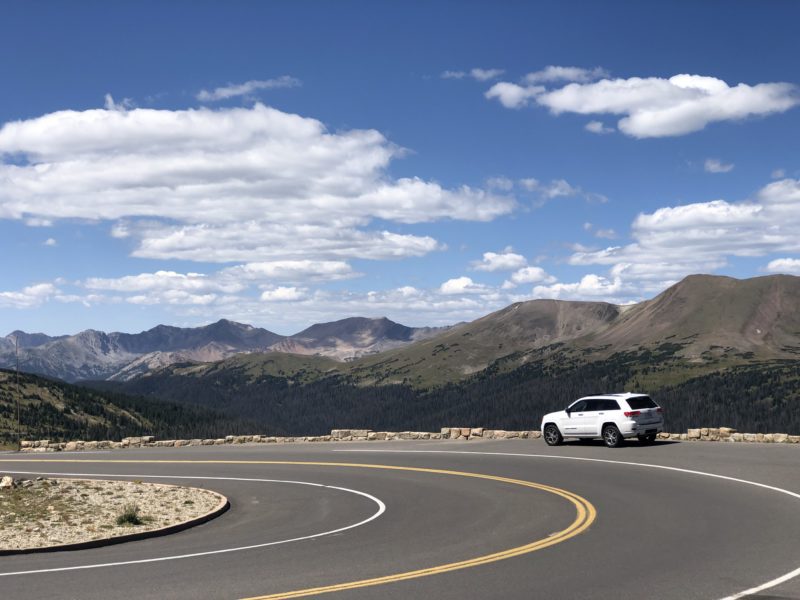
- Trail Ridge Road in Rocky Mountain National Park, which connects Grand Lake and Estes Park, is the highest continuously paved road in the U.S., with breathtaking views and vistas you’ll want to travel along its entire 48 miles. Plan time to stop at pull-off points and take it all in.
- Grand Canyon National Park in Arizona is home to the …… Grand Canyon! One of the Seven Natural Wonders of the World.
- Another national park has a name that gives away exactly what the park is all about. Arches National Park is famous for having the largest concentration of impressive stone arches in the world.
- Three of the ten highest waterfalls in the world are in Yosemite National Park in California. Ribbon Falls in Yosemite is nine times taller than Niagara Falls. Now that’s spectacular!
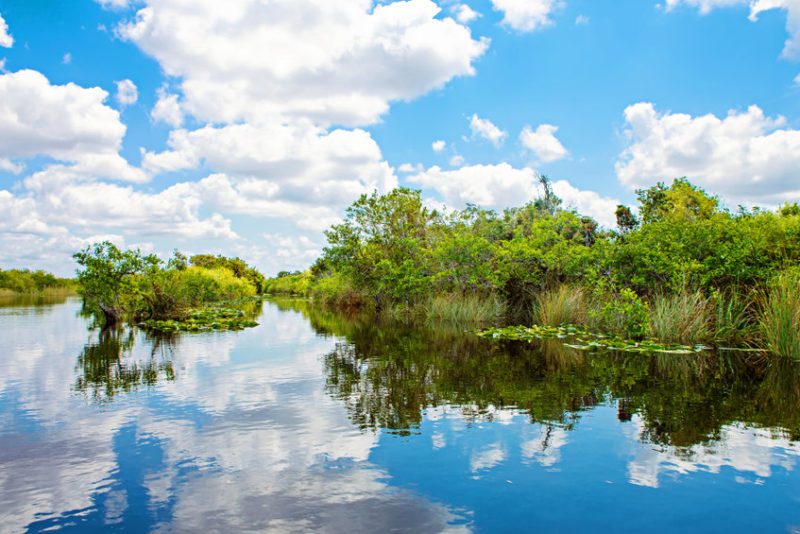
- More than 25% of Florida’s original subtropical wetlands, also known as the Everglades, are protected by Everglades National Park.
- National parks are home to life on a big scale: Sequoia trees are some of the world’s most spectacular living things; they are both tall and big. Alaskan brown bears are some of the world’s largest carnivores.
- Teddy Roosevelt has many sites named for him, including Theodore Roosevelt National Park in (North Dakota).
- Mauna Loa Volcano in Hawaii Volcanoes National Park is the largest volcano on earth. That’s both in terms of volume and height above its base. It contains about 19,000 cubic miles of lava and rises more than 50,000 feet above its base. Did you know that also includes a portion beneath the ocean?
- On a visit to Glacier National Park, you’ll find 25 active glaciers and more than 700 lakes of various sizes.
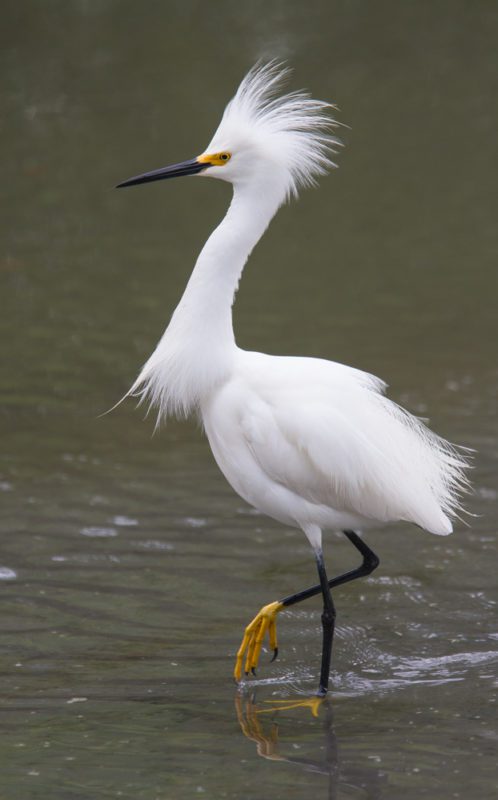
- Cumberland Island, a National Sea Shore, is home to the Snowy Egret and feral horses, which freely roam the island.
- Mesa Verde National Park was the first national park recognized for “works of man,” acknowledging the incredible cliff dwellings left behind by the Pueblo Indians.
- Mammoth Cave National Park in Kentucky is perfectly named. It boasts the longest cave system in the world, with more than 3,454 mapped miles.
- National parks are home to a former federal prison, Alcatraz in Golden Gate National Recreation Area, California, and a leper colony, Molokai Island Hansen’s Disease Settlement in Kalaupapa National Historic Site, Hawaii.

- The Gateway Arch is a National Monument – Did you know workers built both sides of the arch simultaneously? Workers took measurements at each building step to ensure the two sides would successfully meet in the middle. And, they did!!
- Death Valley National Park is the largest national park in the lower 48 U.S. states, stretching 5,300 square miles or 3.4 million acres.
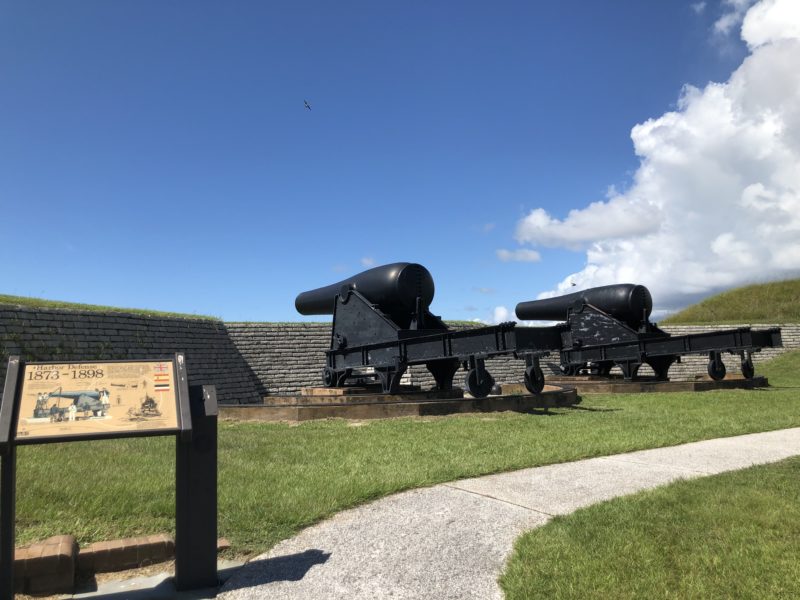
- Fort Moultrie is a national historic site and park that has been part of many wars – from the Revolutionary War, Civil War, World Wars I and II…. But a little-known secret about the early fort – called Fort Sullivan, located on Sullivan Island, SC built the walls using palmetto logs. The spongy texture kept ammunition from penetrating the fort walls.
- Georgia has 12 National sites from Andersonville National Historical site, Appalachian National Scenic Trail, Chattahoochee River National Recreation Area, Chickamauga & Chattanooga National Military Park (Fort Oglethorpe GA & TN), Cumberland Island National Seashore, Fort Frederica National Monument, Fort Pulaski National Monument, Jimmy Carter National Historical Park, Kennesaw Mountain National Battlefield Park, Martin Luther King, JR National Historical Park, Ocmulgee Mounds National Historical Park, Trail of Tears National Historic Trail.
For more information and trivia on our National Parks check out the links below:
The Gateway Arch in St. Louis
Two Bits of Trivia About Our National Parks



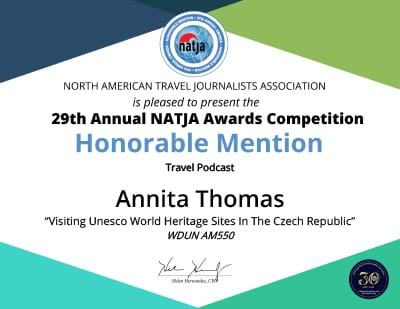

0 Comments